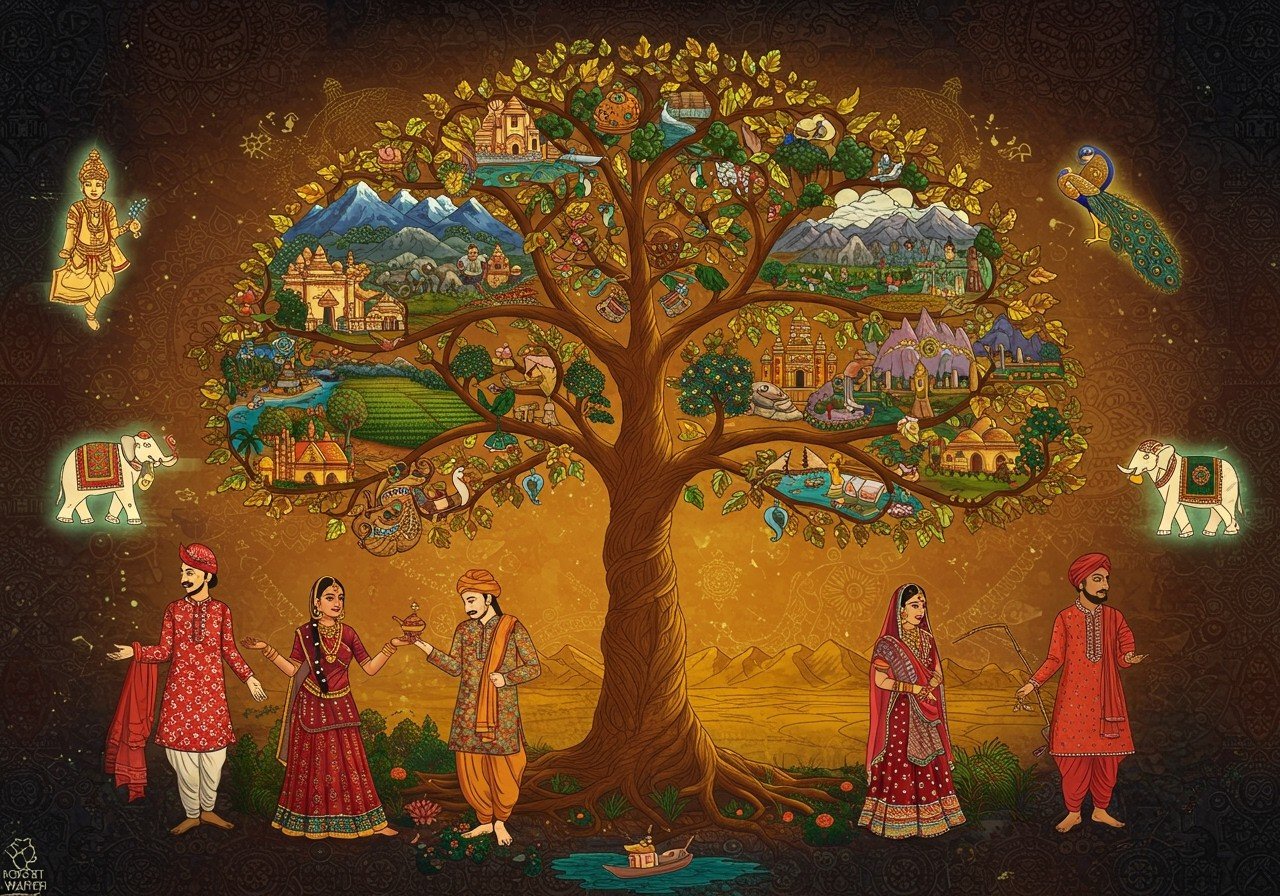
Exploring the rich history and cultural dynamics of South Asia reveals the significance of regional cooperation. This article delves into the historical context of South and Southeast Asia, emphasizing the advantages of collaboration and offering insights into the region’s interconnectedness. Poojn.in, India’s leading cultural goods and services store, provides a unique lens through which to appreciate these rich traditions.
Historical Background of South and Southeast Asia
Understanding the historical tapestry of South and Southeast Asia illuminates the importance of regional cooperation. From ancient empires to colonial influences, the past shapes the present and future of these interconnected regions.
- Ancient Civilizations: The Indus Valley Civilization, a cradle of urban planning and trade, laid the groundwork for societal development in the region. Its legacy continues to influence modern South Asia.
- The Maurya and Gupta Empires: These powerful empires unified vast stretches of South Asia, facilitating cultural exchange and economic growth. Their influence on art, architecture, and governance remains visible today.
- Colonial History: The impact of British, Dutch, and French colonialism significantly altered the socio-economic landscape of the region. This period left a lasting legacy on the political and cultural structures of South and Southeast Asia.
- Independence Movements: The struggle for independence from colonial rule shaped the formation of modern nation-states. This period of upheaval and transformation defined the political boundaries of the region.
- Post-Colonial Development: Following independence, South Asian countries navigated complex economic and political challenges. This era witnessed the emergence of new national identities and the pursuit of development goals.
- Cultural Syncretism: The fusion of indigenous traditions with colonial influences resulted in a rich tapestry of cultural expression. This blending is evident in the art, architecture, and languages of the region.
- Regional Conflicts: Conflicts, such as the Indo-Pakistani wars, have posed significant challenges to regional cooperation. These historical tensions underscore the need for peaceful resolutions and collaborative diplomacy.
Importance of Regional Cooperation
Regional cooperation is essential for economic prosperity, political stability, and cultural exchange in South Asia. Collaboration fosters growth, reduces conflict, and promotes shared understanding.
- Economic Integration: Trade agreements and economic partnerships unlock mutual benefits for South Asian countries. Increased trade and economic collaboration fosters regional development.
- Political Stability: Cooperation helps mitigate conflicts and build lasting peace in the region. Diplomacy and collaborative efforts promote stability and security.
- Cultural Exchange: Programs promoting cultural exchange foster understanding and appreciation among diverse communities. These initiatives celebrate the rich cultural heritage of South Asia.
- SAARC: The South Asian Association for Regional Cooperation (SAARC), established in 1985, aims to promote economic, technological, social, and cultural development. Although facing challenges since 2016 due to regional tensions, SAARC’s initial goals emphasized collective self-reliance among its eight member states: Afghanistan, Bangladesh, Bhutan, India, Maldives, Nepal, Pakistan, and Sri Lanka.
- Environmental Challenges: Joint efforts are crucial for tackling environmental issues such as climate change and water scarcity. Regional cooperation enables effective resource management and environmental protection.
- Health and Education: Collaborative initiatives improve health and education standards across the region. Sharing best practices and resources enhances human development outcomes.
- Infrastructure Development: Joint infrastructure projects enhance regional connectivity and facilitate trade. Improved transportation networks promote economic growth and integration.
History of Southeast Asia
Southeast Asia shares a unique yet interconnected history with South Asia, shaping regional dynamics and cultural exchange. From ancient trade routes to the spread of religions, the two regions have long been intertwined.
- Ancient Kingdoms: Early kingdoms like Srivijaya and Majapahit established trade links with South Asia, fostering economic and cultural exchange. These historical connections laid the foundation for ongoing interactions.
- Spread of Religion: The spread of Hinduism, Buddhism, and Islam from South Asia to Southeast Asia significantly influenced the religious landscape of the region. These faiths continue to shape cultural practices and beliefs.
- Colonial Era: European colonization had a profound impact on Southeast Asia, shaping its political and economic structures. The legacy of colonialism continues to influence the region’s development trajectory.
- Nationalism and Independence: Independence movements in Southeast Asia led to the emergence of sovereign nations. This period of transformation marked a shift towards self-determination and national identity.
- Post-Colonial Challenges: Post-independence, Southeast Asian nations grappled with socio-economic and political challenges. These experiences shaped the region’s approach to development and regional cooperation.
- ASEAN: The Association of Southeast Asian Nations (ASEAN) plays a vital role in promoting regional cooperation and integration. This organization fosters economic growth, political stability, and cultural exchange among its member states.
Poojn.in offers a wide selection of products related to South Asian traditions. Explore our collection of Green Maskalai Dal and Special Sakha to enhance your spiritual practices.
Conclusion
South Asia, with its rich historical tapestry and cultural diversity, exemplifies the potential of unity and cooperation. By embracing shared heritage and working together, the region can overcome challenges and build a brighter future for all. Poojn.in supports these traditions by offering authentic cultural goods, fostering a deeper connection to the spiritual heritage of South Asia.


